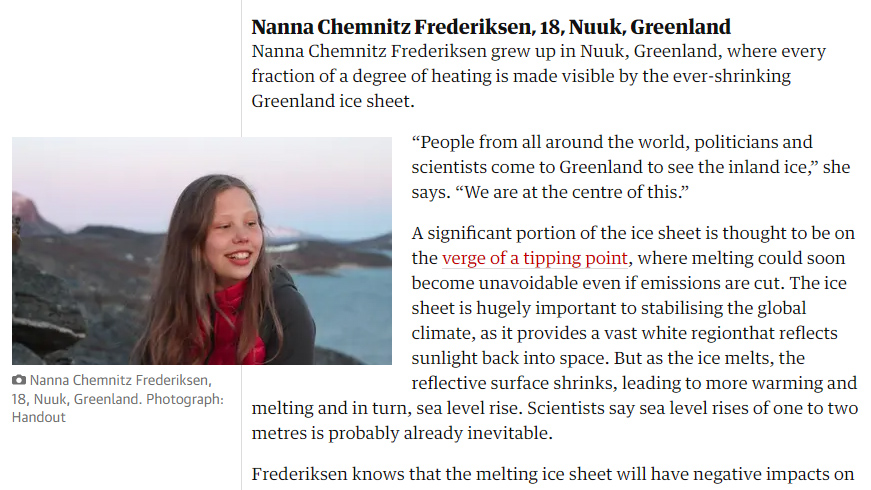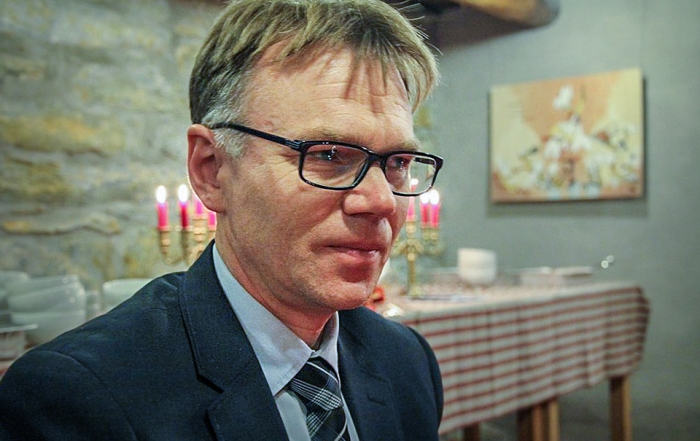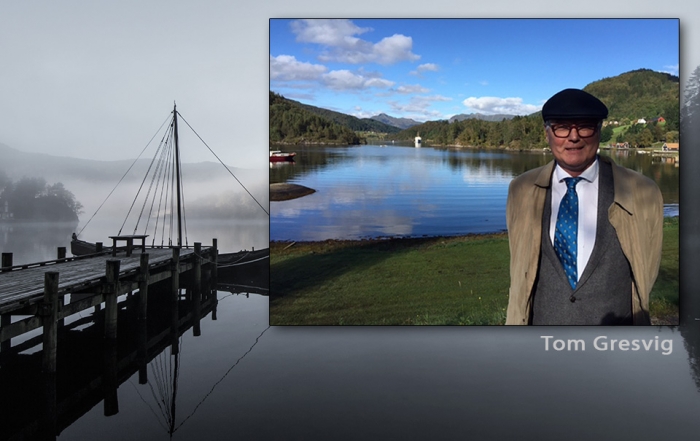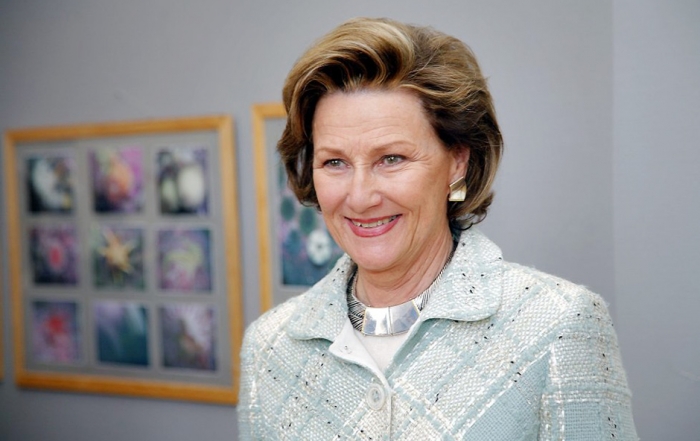“People from all around the world, politicians and scientists come to Greenland to see the inland ice,” she says. “We are at the centre of this.”
A significant portion of the ice sheet is thought to be on the verge of a tipping point, where melting could soon become unavoidable even if emissions are cut. The ice sheet is hugely important to stabilizing the global climate, as it provides a vast white region that reflects sunlight back into space. But as the ice melts, the reflective surface shrinks, leading to more warming and melting and in turn, sea level rise. Scientists say sea level rises of one to two metres is probably already inevitable.
Frederiksen knows that the melting ice sheet will have negative impacts on communities across Greenland, especially in northern settlements such as Qaanaaq where permafrost melting is destabilizing homes and roads and impacting how fishers and hunters operate.
But her real concern lies on the impact it will have globally. “I am not so scared of what the effects of the melting of ice in Greenland will be,” Frederiksen says, “It scares me what effect it can have for the rest of the world.”
Latest News
Appointment
We are pleased to announce the appointment of Ola Hovland to the position of Chief Operating Officer at UWC Red Cross Nordic. The Chief Operating Officer will report to, and be supported by, the Rektor [...]
Tom Gresvig
The cover of the Order of Service On Friday 8th January, Tom Gresvig’s funeral was held at Uranienborg Kirke in Oslo and was followed by a reception at Bølgen & Moi. Her Majesty [...]
Renewal of Patronage
It is with pleasure we have received the news from the Royal Palace that Her Majesty Queen Sonja will continue to be the patron of UWC Red Cross Nordic. This renewal is for the next [...]




